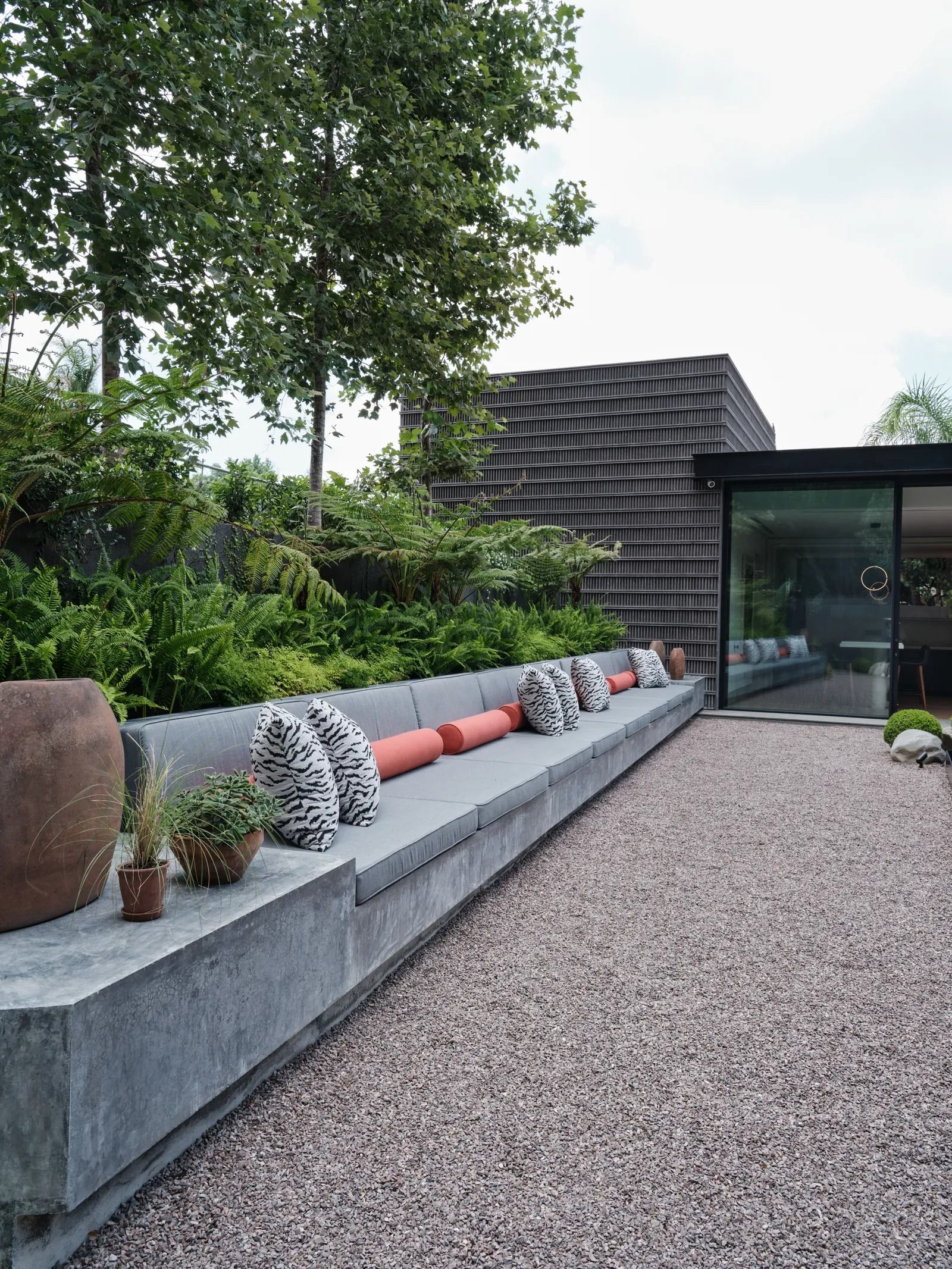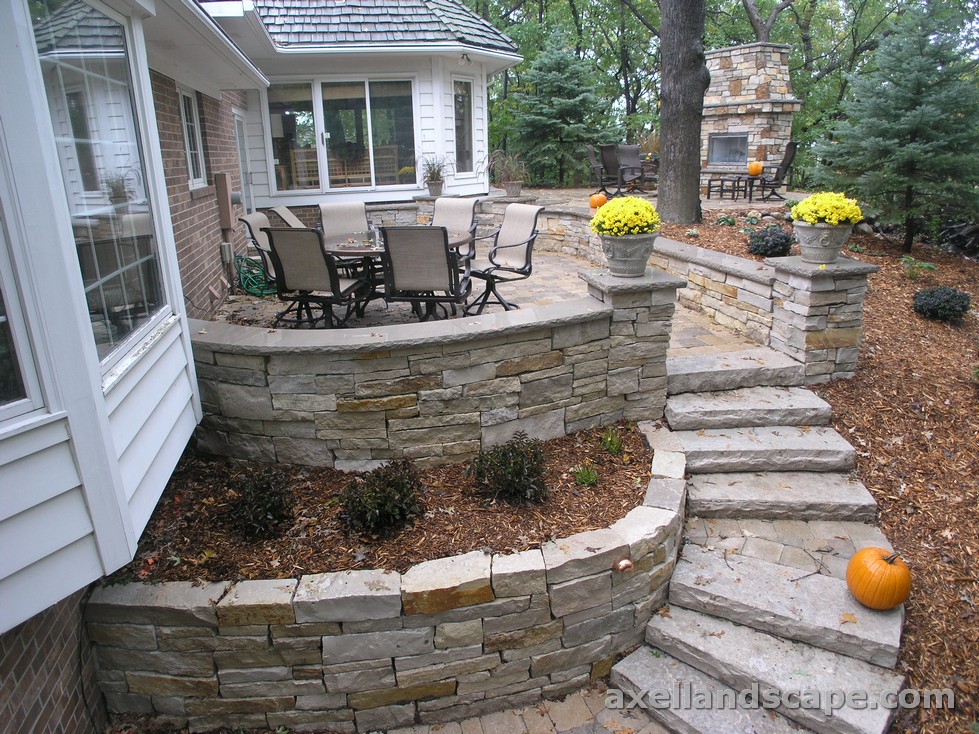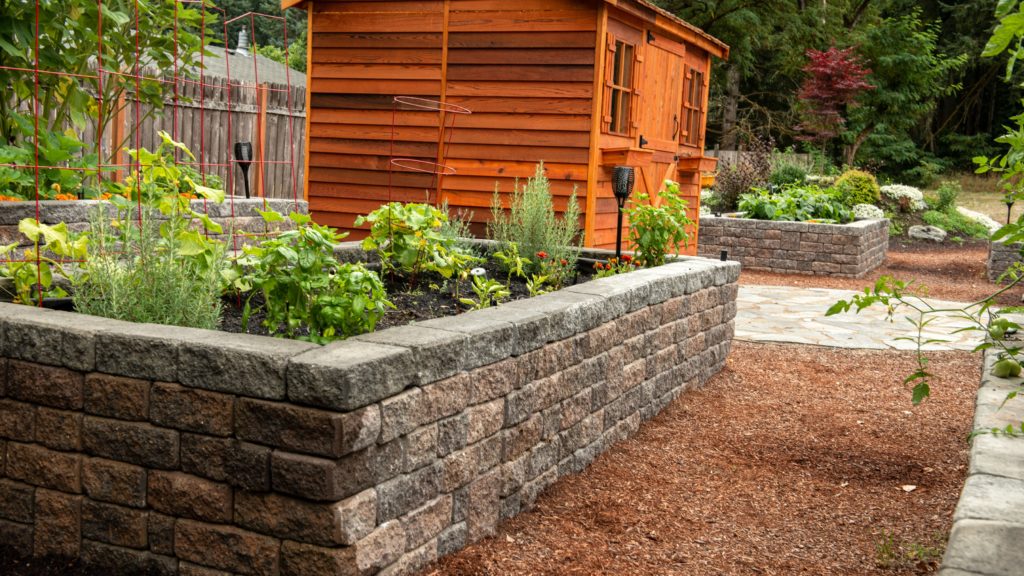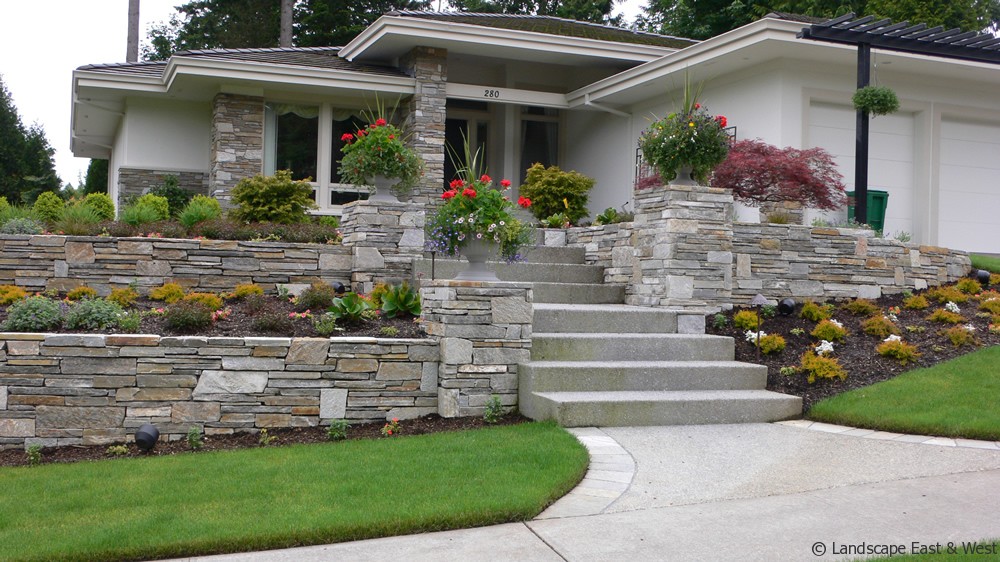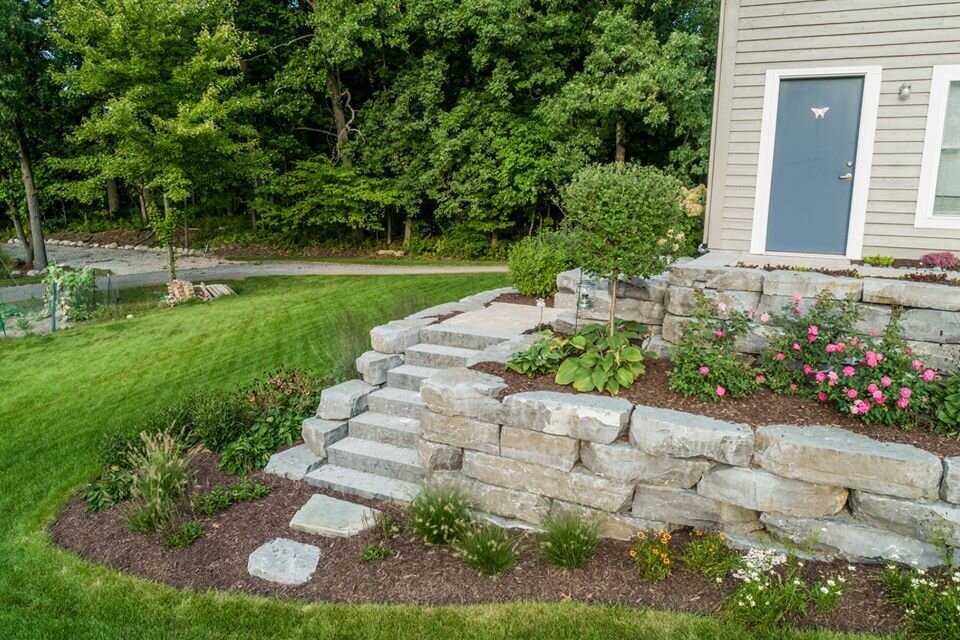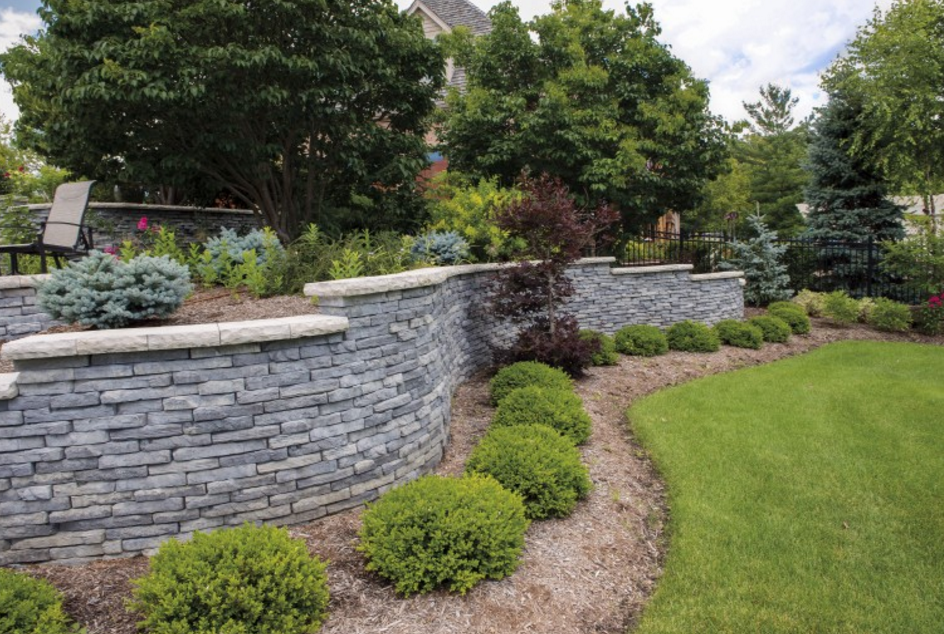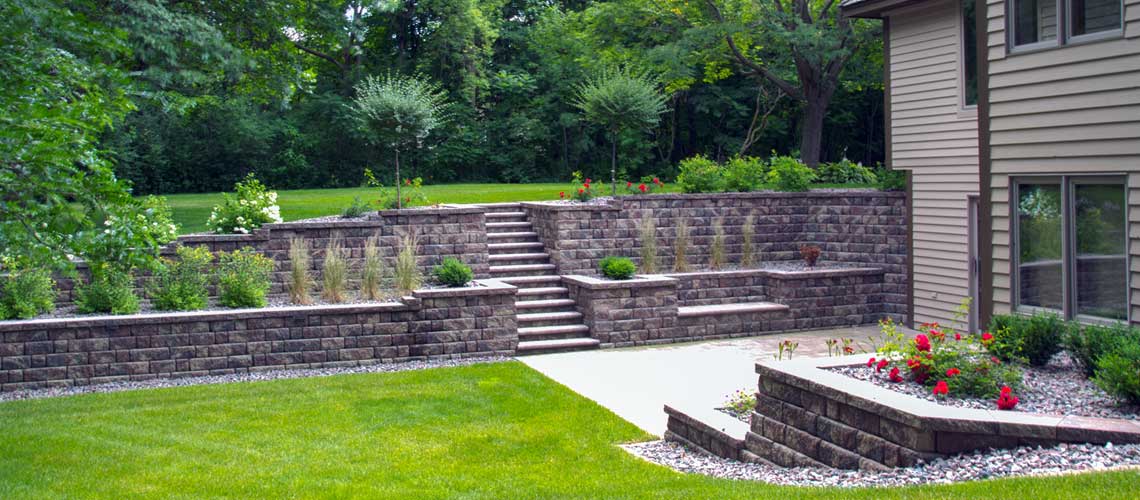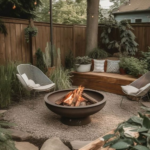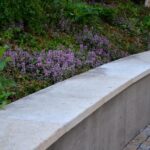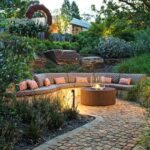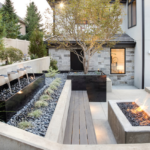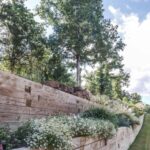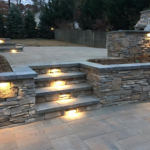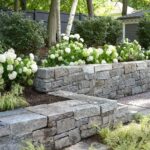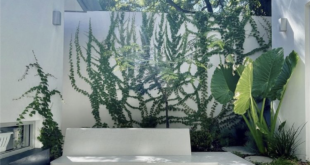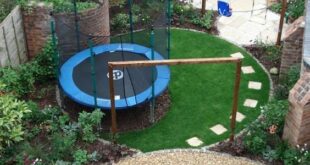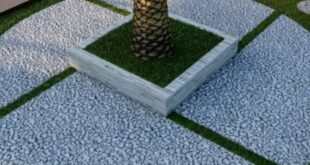Having a backyard that is both beautiful and functional is the dream of many homeowners. One way to achieve this is by incorporating a retaining wall into your backyard design. Retaining walls not only add visual interest to your outdoor space but also serve a practical purpose in preventing soil erosion and creating level areas for gardening or seating areas. In this article, we will discuss the benefits of retaining walls in backyard design and provide some tips on how to incorporate them into your own outdoor space.
One of the main benefits of including a retaining wall in your backyard design is the added stability it provides to the landscape. Retaining walls are typically used to hold back soil on sloped areas, preventing erosion and creating level surfaces for planting flowers or shrubs. This can help to improve the overall appearance of your backyard and make it more usable for a variety of activities.
Another benefit of retaining walls is their ability to create defined spaces within your backyard. By incorporating a retaining wall into your design, you can separate different areas of your outdoor space, such as a seating area or garden bed, making it easier to organize and maintain. Retaining walls can also serve as a visual focal point in your backyard, adding interest and character to the landscape.
When designing a retaining wall for your backyard, there are a few key factors to consider. The first is the material you choose for the wall. Popular options include concrete, stone, brick, or wood, each offering a different aesthetic and level of durability. It’s important to choose a material that complements the overall style of your backyard and that will withstand the elements over time.
Another factor to consider is the height and placement of the retaining wall. The height of the wall will depend on the slope of your yard and the amount of soil that needs to be retained. It’s important to consult with a professional landscaper or engineer to ensure that the wall is constructed properly and will be able to support the weight of the soil behind it.
Incorporating plants and landscaping features into your retaining wall design can also help to soften its appearance and create a more natural look. Planting cascading vines or shrubs along the top of the wall can help to blend it into the surrounding landscape and add a pop of color and texture.
Overall, incorporating a retaining wall into your backyard design can provide both practical and aesthetic benefits. By creating level areas for planting or seating, preventing soil erosion, and defining spaces within your outdoor area, retaining walls can help to transform your backyard into a beautiful and functional space. Whether you choose to use concrete, stone, brick, or wood, a well-designed retaining wall can add value and appeal to your home for years to come.
 innstyled backyard design ideas
innstyled backyard design ideas
